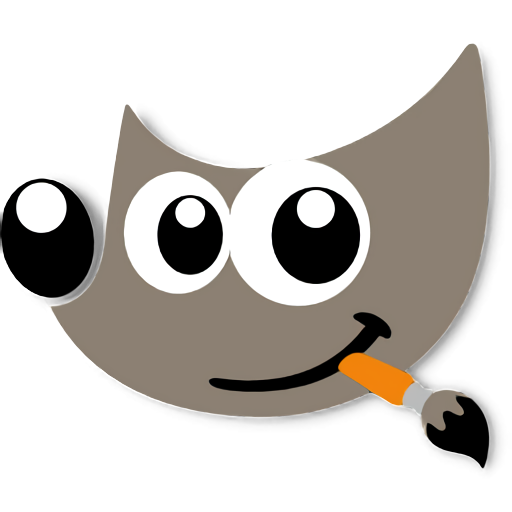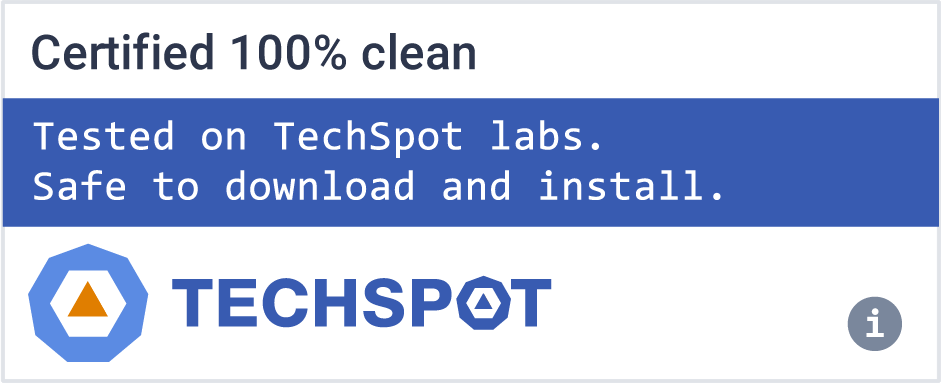GIMP is a freely distributed piece of software for such tasks as image composition, photo retouching and image authoring. It works on many operating systems, in many languages.
You can download the latest stable version here.
GIMP is an acronym for GNU Image Manipulation Program. It is a freely distributed program for such tasks as photo retouching, image composition and image authoring.
It has many capabilities. It can be used as a simple paint program, an expert quality photo retouching program, an online batch processing system, a mass production image renderer, an image format converter, etc.
GIMP is expandable and extensible. It is designed to be augmented with plug-ins and extensions to do just about anything. The advanced scripting interface allows everything from the simplest task to the most complex image manipulation procedures to be easily scripted.
These builds are a work-in-progress. Proceed with caution because they may be unstable. If a crash does occur, please report it!
Customizable Interface
Each task requires a different environment and GIMP allows you to customize the view and behavior the way you like it. Starting from the widget theme, allowing you to change colors, widget spacings and icon sizes to custom tool sets in the toolbox. The interface is modulized into so called docks, allowing you to stack them into tabs or keep them open in their own window. Pressing the tab key will toggle them hidden.
GIMP features a great fullscreen mode allowing you to not only preview your artwork but also do editing work while using the most of your screen estate.
Photo Enhancement
Numerous digital photo imperfections can be easily compensated for using GIMP. Fix perspective distortion caused by lens tilt simply choosing the corrective mode in the transform tools. Eliminate lens' barrel distortion and vignetting with a powerful filter but a simple interface.
Digital Retouching
GIMP is ideal for advanced photo retouching techniques. Get rid of unneeded details using the clone tool, or touch up minor details easily with the new healing tool. With the perspective clone tool, it's not difficult to clone objects with perspective in mind just as easily as with the orthogonal clone.
Hardware Support
GIMP includes a very unique support for various input devices out of the box. Pressure and tilt sensitive tablets, but also a wide range of USB or MIDI controllers. You can bind often-used actions to device events such as rotating a USB wheel or moving a MIDI controller's slider. Change the size, angle or opacity of a brush while you paint, bind your favorite scripts to buttons. Speed up your workflow.
File Formats
The file format support ranges from the common likes of JPEG (JFIF), GIF, PNG, TIFF to special use formats such as the multi-resolution and multi-color-depth Windows icon files. The architecture allows to extend GIMP's format capabilities with a plug-in. You can find some rare format support in the GIMP plugin registry.
Thanks to the transparent virtual file system, it is possible to load and save files to from remote locations using protocols such as FTP, HTTP or even SMB (MS Windows shares) and SFTP/SSH.
To save disk space, any format can be saved with an archive extension such as ZIP, GZ or BZ2 and GIMP will transparently compress the file without you needing to do any extra steps.
What's New
We are very excited to share the first release candidate for the long-awaited GIMP 3.0! We've been hard at work since our last development update to get this ready, and we're looking forward to everyone finally being able to see the results.
So, what exactly is a "release candidate" (RC)? A release candidate is something that might be ready to be GIMP 3.0, but we want the larger community to test it first and report any problems they find. If user feedback reveals only small and easy to fix bugs, we will solve those problems and issue the result as GIMP 3.0. However, we hope and expect a much larger audience to try out 3.0 RC1 - including many people who have only been using 2.10 up until now. If larger bugs and regressions are uncovered that require more substantial code changes, we may need to publish a second release candidate for further testing.
New Graphics
The current Wilber logo was created by Jakub Steiner for GIMP 2.6 in 2008! While it is still a fantastic logo, design trends have changed a bit in the last sixteen years and Wilber's more detailed appearance sticks out on modern desktops.
Therefore in collaboration with other contributors, Aryeom developed our new logo for GIMP 3.0!
Splash Screen
Our wonderful new splash screen (shown at the top of this news post) was created by longtime contributor and artist Sevenix! You can see more of their work on their personal art page.
Going forward, we plan to change splash screens much more frequently to show off all the many kinds of art made with GIMP (photography, illustration, design…). Related to this, we have created an updated splash screen archive to highlight the work of current and previous splash screen artists.
Legacy Icon Theme Improvements
One of the major improvements from the GTK3 port is that the vector UI icons now scale more cleanly based on your preference settings. Our Legacy icon theme was mainly raster PNGs however, so it could not take advantage of the GTK3 scaling system. Contributor Denis Rangelov took on the extensive challenge of recreating the Legacy tool icons as SVGs. Now both of GIMP's icon themes look great on HiDPI screens!

